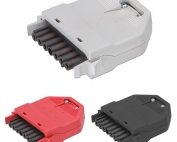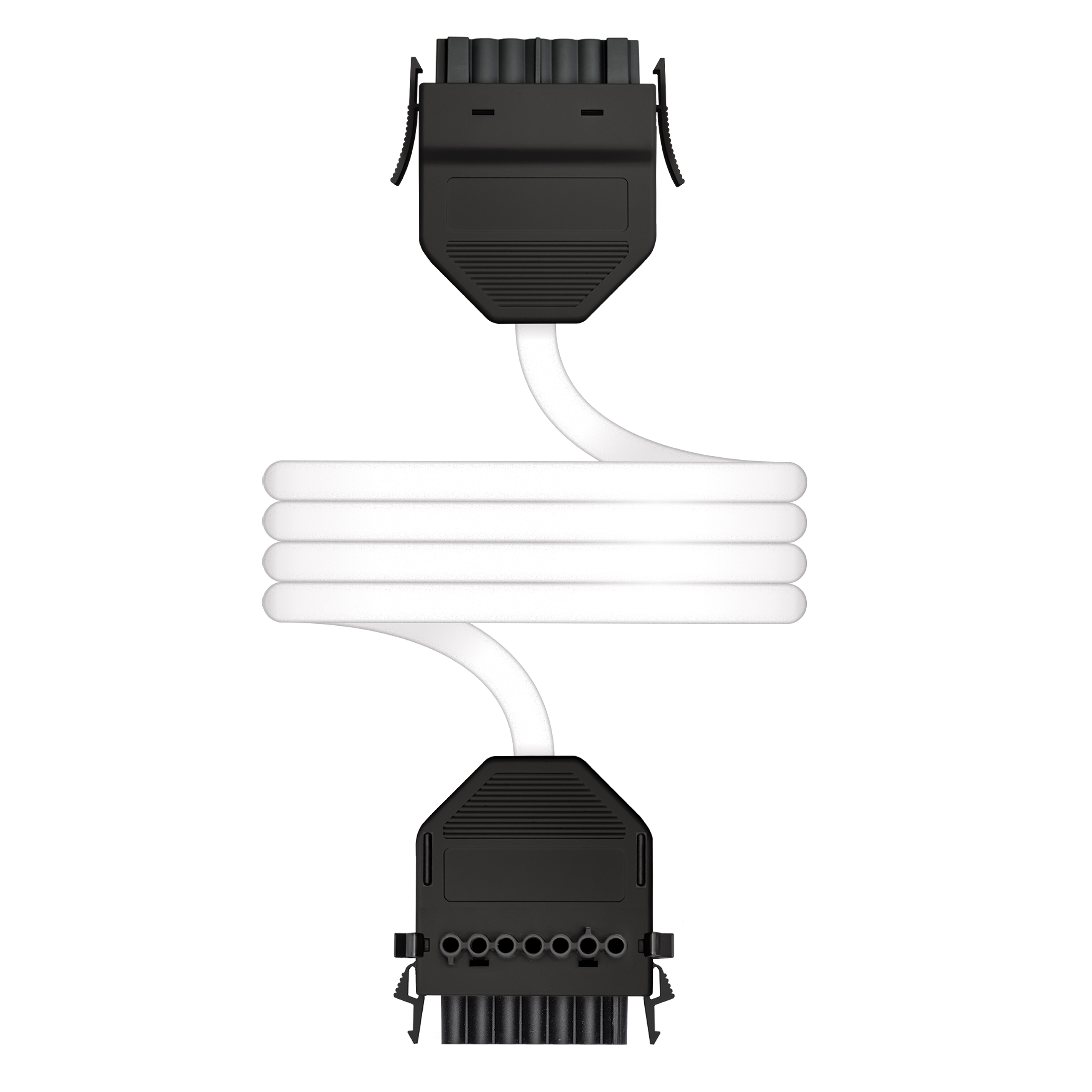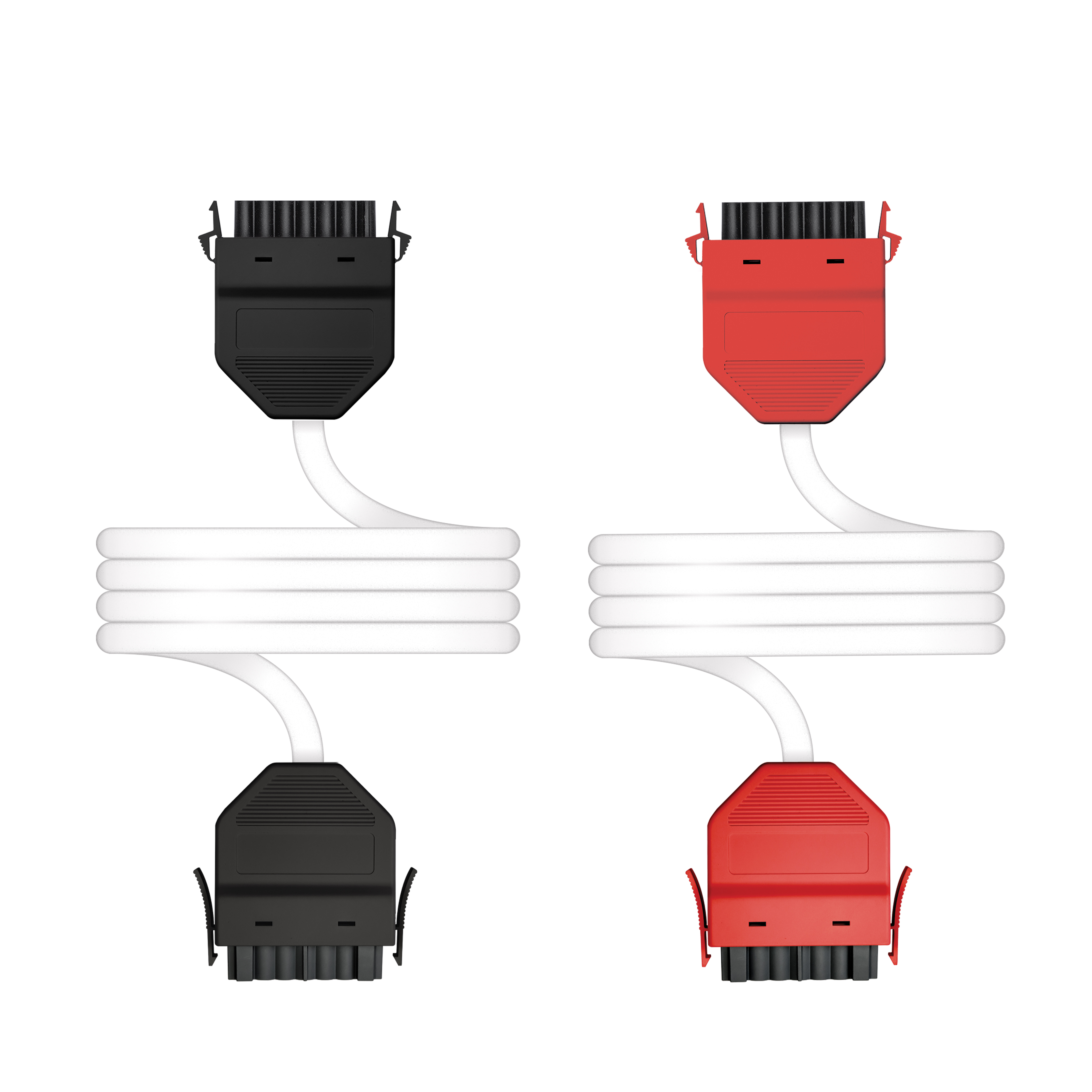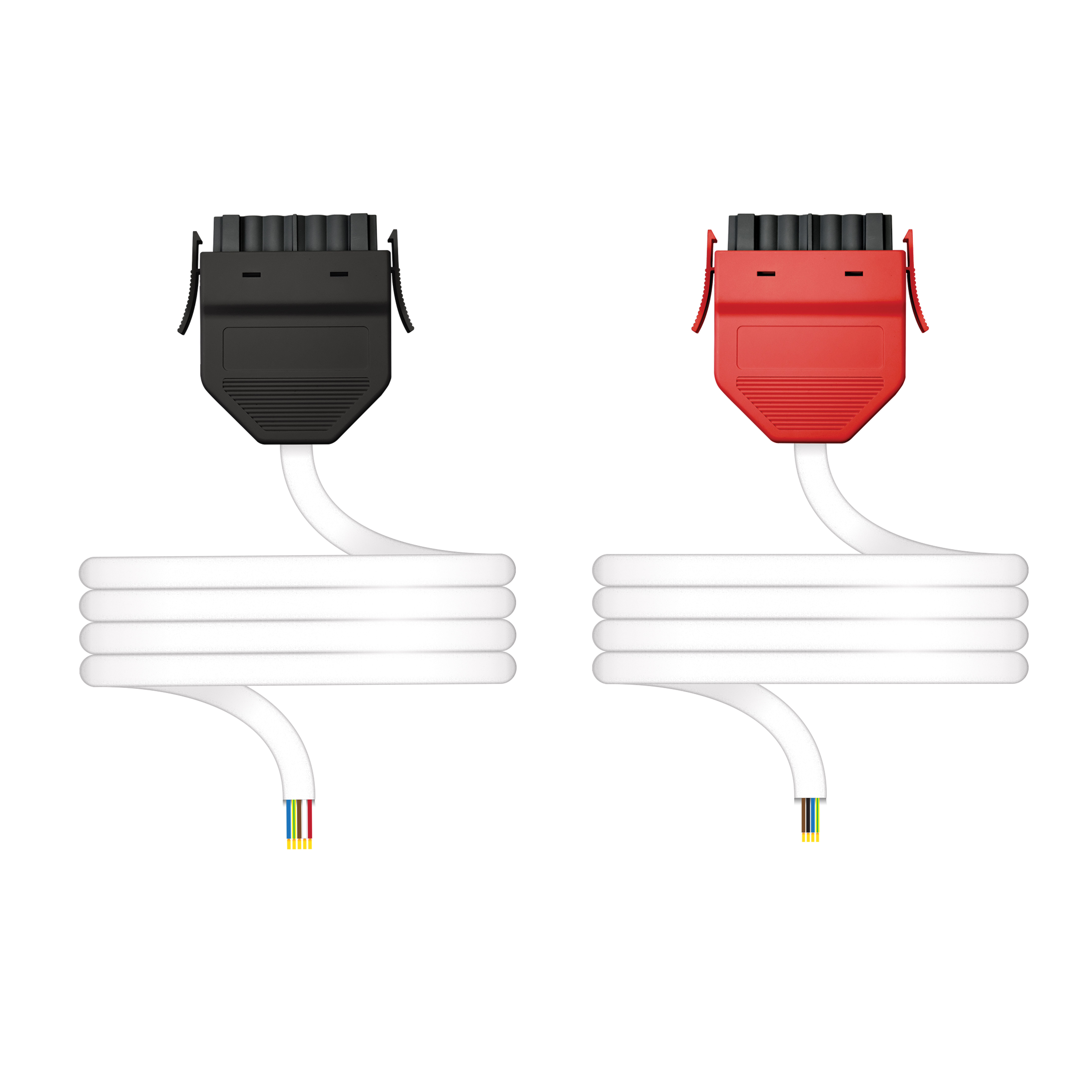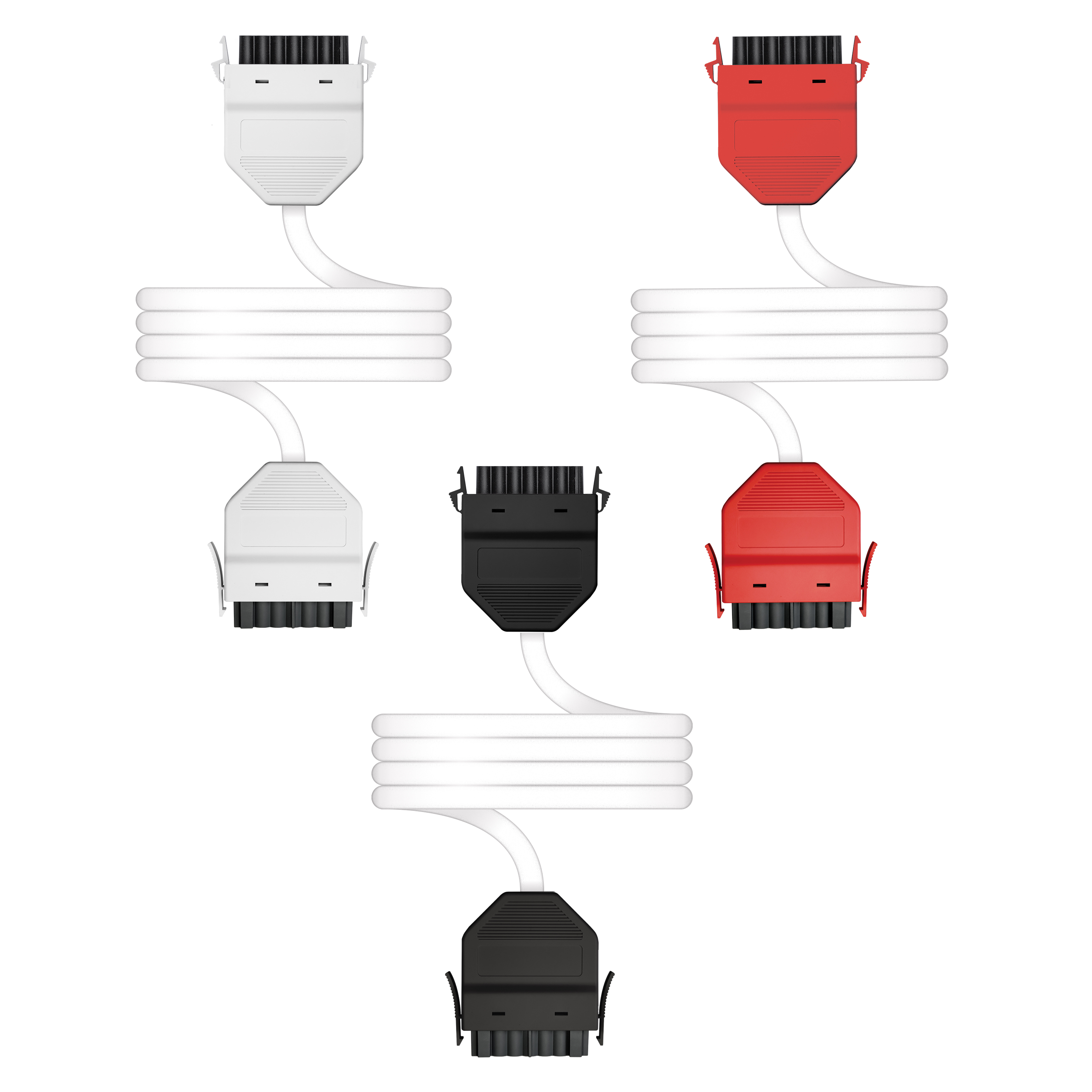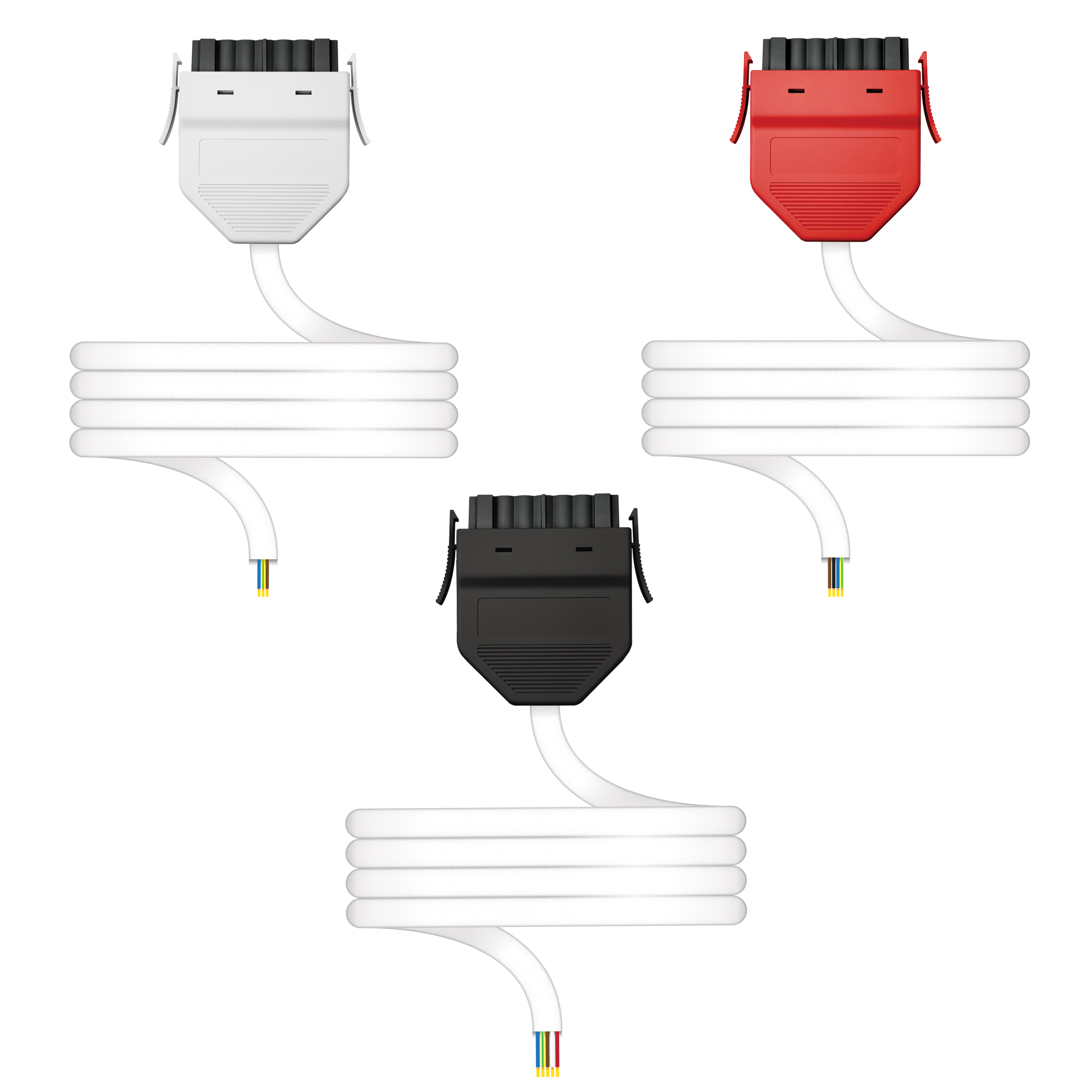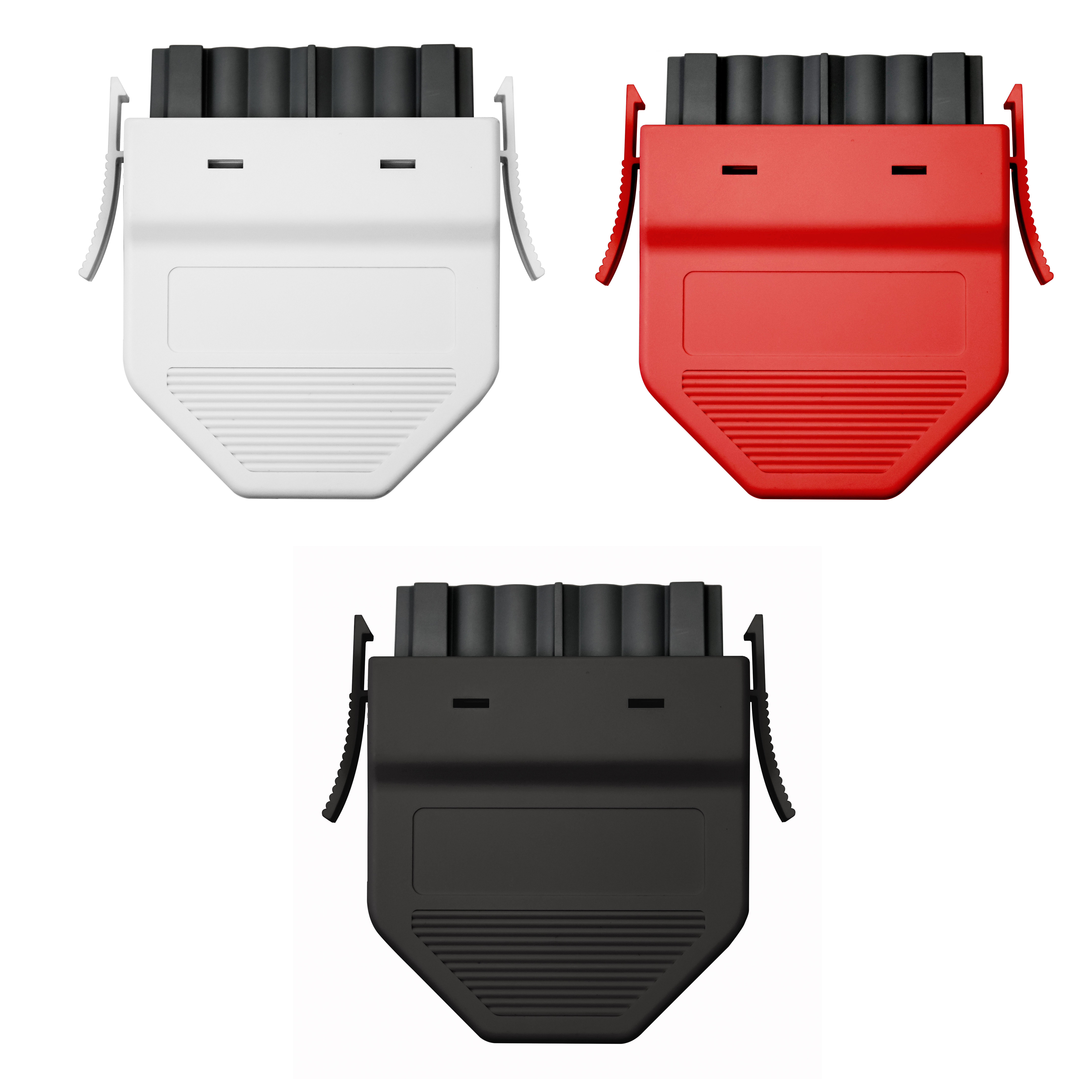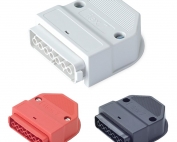Do you know the difference between LSF and LSHF cable? There is a worryingly common misconception that LSF cable (Low Smoke and Fume) and LSHF cable (Low smoke Halogen Free) are simply different names for the same thing. This is certainly not the case, and confusing the two could result in life-threatening repercussions in the event of a fire.
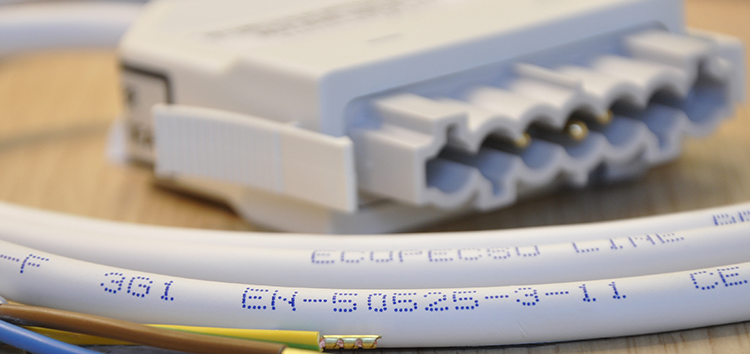
PVC – the positives and the negatives
PVC, in its many guises, has been around for the last sixty years or so. Over that time the compounds and processes used in its production have continually evolved and improved and today’s PVC based products are stable, robust, have a relatively long working life and are comparatively cheap to make. PVC does however, have a number of negatives to counterbalance its positive attributes.
When PVC insulated cable burns it gives off a cocktail of chemicals and dense black smoke. The smoke’s primary effect, ignoring the chemical content for now, is to reduce visibility at an alarming rate. Tests have shown that when PVC cables are exposed to fire, visibility in the surrounding area can be reduced by 50% in just 10 minutes, rising to 90% in less than half an hour. This reduced visibility could make it very difficult to escape a burning building.
Toxic Chemicals
Burning PVC produces a number of toxic chemicals, but the most problematic by far is hydrogen chloride (HCl). As much as 30% of a burning PVC cable’s emissions can be HCl. In its natural state it’s a pungent, almost colourless gas, which forms into white vapour clouds on contact with air. Furthermore, when mixed with water it changes state yet again to form hydrochloric acid, but whether in its gaseous, vaporised or liquid state it’s a highly toxic and corrosive substance. There are numerous harmful effects that HCl can have on a person: If inhaled the lining of the throat can be irritated to such an extent that it swells, making breathing extremely difficult. Contact with the eyes can be responsible for anything from severe irritation to permanent damage to the corneas. Similarly, lips and mucous membranes may be
burned or even ulcerated, the severity dependant on the concentration of HCl and length of exposure. Any of these symptoms would be bad enough in isolation, but acting in unison they can be utterly debilitating.
Taking into account the combined effects on someone of the smoke and HCl produced during the burning process, it’s not difficult to see why so many building fires result in fatalities. In many cases the victims have been rendered unconscious long before the flames have reached them. This fact was illustrated no more starkly than in the Kings Cross Station fire of November 1987 when 31 people died, many of them as a result of failing to escape the scene due to the effects of smoke & fume inhalation. This was subsequently blamed on the vast amount of PVC, much of which cable related, present in the building; London Underground banned the installation of PVC cables soon after in all its stations and tunnel network.
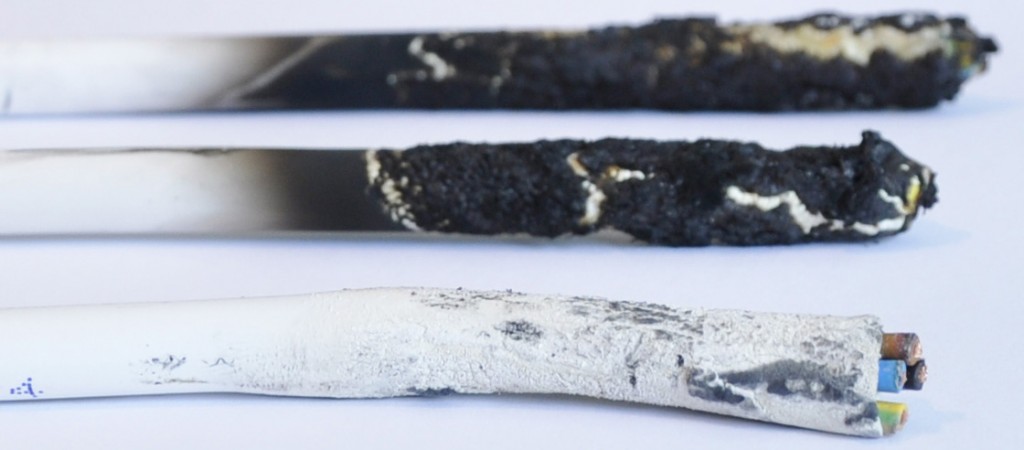
What the building regulations say:
In addition, Part B, Section B1.iv of the current edition of The Building Regulations state:
“The primary danger associated with fire in its early stages is not flame but the smoke and noxious gases produced by the fire. They cause most of the casualties and may also obscure the way to escape routes and exits. Measures designed to provide safe means of escape must therefore provide appropriate arrangements to limit the rapid spread of smoke and fumes.”
Clearly the behaviour of PVC and other similar materials during a building fire were at the forefront of the authors mind when including this statement in the document.
What is LSF cable?
If burning PVC cables present such a potential hazard to life then surely cable labelled and marketed as Low Smoke & Fume, or LSF as it’s commonly referred to, provides the answer. Unfortunately that’s not the case, as LSF is also manufactured using PVC compounds. The PVC in question is modified to varying degrees dependant on the manufacturer’s choice of additives, but generally it still produces fairly high volumes of dense black smoke and HCl emissions. In truth there is little by way of standards to dictate what the emission differentials between LSF and PVC cables should be, which explains the wide variation of results when tested; some LSF products producing 15% HCl while others are responsible for up to 24%. In short, LSF flexible cable’s a bit like Forrest Gump’s box of chocolates – ‘You never know what you’re gonna get’.
What makes LSHF different?
Lastly there’s Low Smoke Halogen Free, LSHF for short (or any other of its many pseudonyms that you may care to use). When burnt, LSHF cable produces only small amounts of light grey smoke and miniscule amounts of HCl, which as a result greatly increases a person’s chances of escape from a burning building in which it’s installed. The reason LSHF products react so differently when exposed to fire in comparison to PVC & LSF cables is the complete absence of PVC. The outer sheath and conductor insulation of these products are often made from polyethylene which contains little by way of chlorine, and low chlorine means low HCl. For a cable to carry the LSHF tag it’s subjected to a number of additional tests over and above those carried out on PVC/LSF variants, two of which are briefly detailed below:
EN 50267-2-1 stipulates that emissions of HCl must not exceed 0.5%
EN 60684-2 stipulates that during the burning process light transmittance must not fall below 60%, or put another way visibility should not be reduced by more than 40%
Additional tests detailed in BS EN 50525-1 with respect to permissible levels of acidity, conductivity and fluorine produced through the process of burning must also be carried out on LSHF flexible cable.
Compare the values above to those of PVC mentioned previously and the difference is marked, with visibility being reduced by up to 90% and HCl emissions being as high as 30%. LSF fairs slightly better, but not to any worthwhile degree when compared to LSHF.
The Problem
Unfortunately, confusion continues to exist between LSF and LSHF products; hardly surprising considering the similarity between all the different descriptions and acronyms in circulation. Because of this confusion it’s not beyond the realms of possibility that there are buildings in the UK in which LSHF was specified, but LSF has been mistakenly installed. It’s impossible to know how many, but should fate dictate that any of those buildings catch fire the people working in them may find their chances of escape greatly reduced.
The Solution
In order to satisfy the criteria of The Building Regulations and promote good practice the choice of appropriate flexible cable is of paramount importance. It’s imperative that anyone responsible for specifying, buying or installing it is 100% certain that when they need LSHF that is what they get. You’re forgiven for thinking ‘easier said than done’, but there is an easy way to cut a swathe through the confusion; simply insist that your LSHF flexible cable is manufactured to BS EN 50525-3-11. This British Standard is specific to LSHF flexible cable and incorporates all the necessary tests a product must pass in order for it to be marketed as such.
In Conclusion
Despite what you may think having read this article, PVC flexible cable should not be demonised. It is a product with many attributes and it undoubtedly still has its place in our industry. That place however is not in densely populated buildings. If using PVC flexible cable ensure that your product of choice has attained BASEC Approval and is marked accordingly on the sheath.
The place for LSF flexible cable however must be questioned; where does it fit in the scheme of things? If an installation does not require consideration with respect to smoke and HCl emissions then PVC is a good option, not to mention about 15% cheaper. If smoke and HCl are a factor then LSF just doesn’t cut the mustard.
Finally, LSHF is clearly the flexible cable to opt for if its home is to be a building with even a moderate density of human footfall. To be sure that you know what you’re getting, insist it is BS EN 50525-3-11 compliant before you specify, buy or install a single metre. If you’re unsure, speak to your cable supplier, and they should be able to provide you with all the information you need.
 | Call Us: +44 (0)20 8580 1066 | sales@flex7.co.uk
| Call Us: +44 (0)20 8580 1066 | sales@flex7.co.uk
